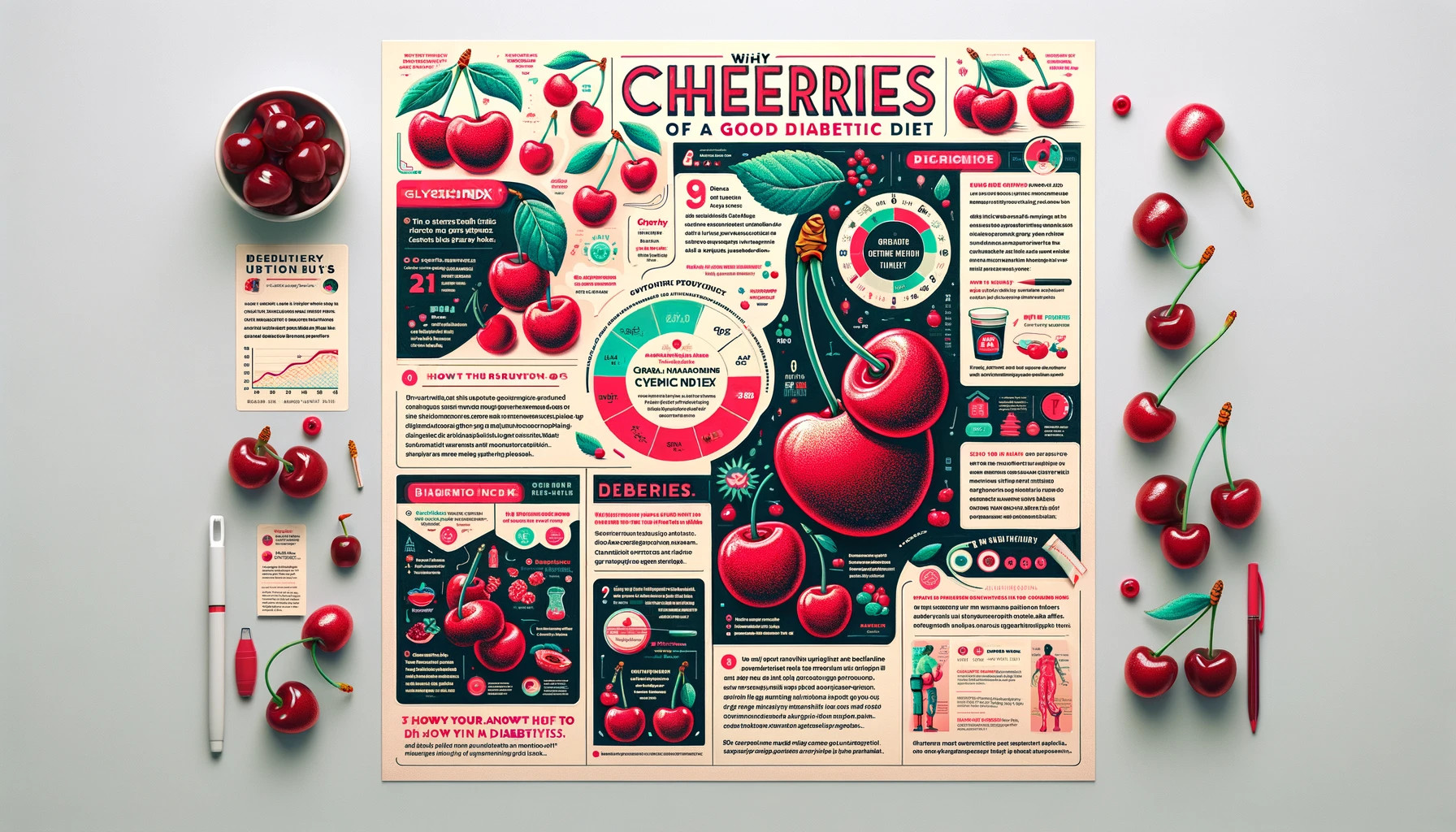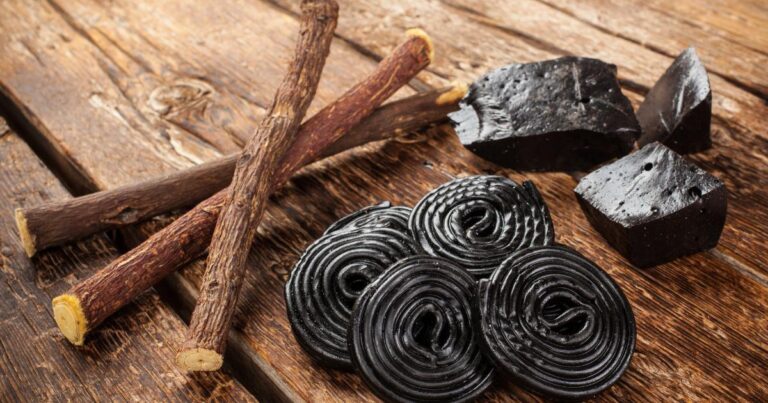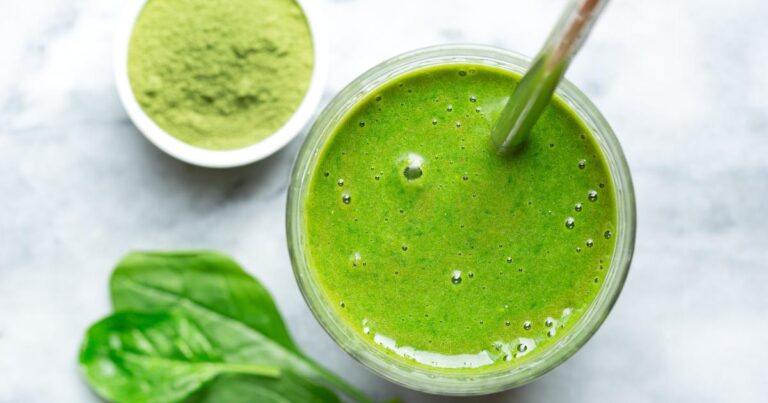Sweet Cherries And Blood Sugar Levels: Are Cherries Safe For Diabetes?
If you’re wondering whether those sweet, juicy cherries are a friend or foe to those navigating the tightrope of blood sugar management, you’ve come to the right place. Are cherries good for diabetics? I’m going to show you how these delectable fruits fit into a diabetic diet and their effects on blood sugar levels and conclude with a healthy, cherry-based, delicious, and diabetic-friendly recipe.

Sweet Cherries And Blood Sugar Levels
As someone who’s spent countless hours in the kitchen, whipping up everything from desserts to hearty, diabetic-friendly meals for my family, I’ve had my fair share of encounters with cherries. And let me tell you, fresh, sweet cherries are not just for topping sundaes.
It’s hard to imagine that a sweet and naturally sugary fruit does not raise blood sugar levels, but the real question is, “Are cherries good for diabetics?
Growing up, my kitchen adventures often centered around creating dishes that my father and grandmother, both of whom had diabetes, could enjoy without worry.
This meant reimagining recipes, experimenting with ingredients, and, Yes, learning which foods could not only keep sugar levels in check but also help control blood sugar levels altogether.

With their irresistible sweetness, Cherries posed an interesting question: how could something so delicious be part of a diabetic diet?
So, let’s cut through the noise and get to the heart of the matter. Can those with diabetes eat cherries without the guilt and worry of spiking their blood sugar?
It’s a question that has tickled my taste buds and pushed me to dive deep into the science behind what makes fresh fruit truly diabetic-friendly.
Table of Contents
Are Cherries Good For Diabetics?

Spoiler alert: it’s not just a matter of can but how. And I’m here to guide you through it, sharing not just the what and the why but also the how with a dollop of whipped cream and maraschino cherries on top (pun intended).
Whether you’re here for the science, the anecdotal evidence, or just looking for that perfect diabetic-friendly cherry recipe, I’ve got you covered.
Nutrition, Blood Sugar, and Glycemic Index

When it comes to understanding how cherries fit into a diabetic diet, it’s essential to start with the basics: what makes sweet or sour cherries both a delight and a concern for those of us keeping an eye on our blood sugar levels.
Sweet or Sour Cherries: Packed with Nutrients
First off, cherries are nutritional powerhouses. They’re brimming with vitamins, minerals, antioxidants, and fiber.
Even canned cherries are chock full of vitamin C
This combination is like an elixir full of health benefits for anyone, especially those trying to manage diabetes. The fiber in sour cherries is particularly noteworthy because it helps slow down sugar absorption into the bloodstream, which can prevent those unwanted spikes in blood sugar.
Blood Sugar and the Glycemic Index
Now, let’s talk about the Glycemic Index (GI), a crucial puzzle piece. The GI measures how quickly a food can raise your blood sugar levels.
Foods with a low GI (55 or lower) are digested more slowly, gradually increasing blood sugar. Cherries fall into this category, which is good news for those of us with a sweet tooth but a need to manage blood sugar levels carefully.
The Sweet Spot: Tart vs. Sweet Cherries
The difference between tart cherry juice and sweet cherries. Tart cherries tend to have a lower GI compared to their sweet counterparts.
This distinction is vital for fine-tuning your diet. Incorporating tart cherries could offer a double bonus: enjoying their tangy sweetness while keeping blood sugar levels more stable.
Nutritional Highlights of Cherries:
Rich in antioxidants and anti-inflammatory compounds.
A good source of fiber, which moderates blood sugar levels.
Low to moderate GI makes them a better blood sugar control choice.
Practical Tips:
Opt for tart cherries or eat sour cherries where possible for a lower GI impact.
Monitor portion sizes; a small bowl of fresh cherries or a handful of dried cherries can satisfy your sweet craving without overdoing it.
Individual responses vary, so watch your blood sugar readings to see how cherries affect you personally.
Understanding the nutritional backdrop of cherries sets the stage for incorporating them into a diabetic diet effectively.
Cherries on the Blood Sugar Scale

With a backdrop of nutritional knowledge and an understanding of the glycemic index, we’re primed to dive deeper into how cherries directly influence blood sugar levels. This is where things get interesting and where cherries start to shine as more than just a sweet indulgence.
The Impact of Cherries on Blood Sugar
Cherries, particularly tart varieties, have shown promise in not just fitting into a diabetic diet but actively supporting blood sugar management.
Their low to moderate GI plays a significant role here, ensuring that cherries lead to a more gradual increase in blood sugar than higher GI fruits.
But the cherry on top (pun intended) might just be the anthocyanins. These pigments give cherries their deep red color and are linked to improved insulin sensitivity.
Improved insulin sensitivity means your body can use the sugar in your bloodstream more effectively, preventing spikes in blood sugar levels.
Balancing Act: Portion Control and Timing
Moderation and balance are key to incorporating cherries into your diet without negatively impacting your blood sugar. Here’s how:
Portion Control: Stick to recommended serving sizes. About a half cup of fresh cherries or a quarter cup of dried cherries should be your limit per serving. This ensures you get the benefits without overloading with sugar.
Timing Matters: Eating cherries as part of a balanced meal or snack can help minimize their impact on your blood sugar. Combining them with a healthy fat or protein source can further slow down sugar absorption.
Monitoring and Personalization
Monitoring how cherries affect your blood sugar levels can help you adjust how much and how often you can enjoy them. Some people might find they can handle a whole bowl of canned and maraschino cherries, while others may need to be more cautious.
Key Takeaways for Blood Sugar Management:
Tart cherries are a preferable choice due to their lower GI.
A serving size of cherries can fit nicely into a diabetic diet, but always be mindful of the quantity.
Pairing cherries with proteins or fats can help mitigate blood sugar spikes.
Personal monitoring is essential to understand your body’s response to cherries.
Cherries can be a part of a healthy, diabetes-friendly diet, offering a burst of sweetness and a host of benefits supporting blood sugar management.
A Cherry Delight Diabetic-Friendly Recipe
To bring our cherry exploration full circle, let’s dive into a recipe showcasing how cherries can be both a treat and a smart choice for those managing diabetes.
This recipe balances the natural sweetness of cherries with ingredients that help stabilize blood sugar, creating a dessert that’s as satisfying as it is healthy.

Cherry & Chia Seed Pudding
This Cherry & Chia Seed Pudding is a diabetic-friendly dessert that doesn’t skimp on flavor. Chia seeds are a fantastic addition, thanks to their high fiber content, which can help manage blood sugar levels. Combined with cherries’ natural sweetness and nutrients, this pudding is a guilt-free indulgence.
Ingredients:
1 cup fresh or frozen pitted cherries (thawed if frozen)
2 tablespoons chia seeds
1/2 cup unsweetened almond milk
1/2 teaspoon vanilla extract
A pinch of cinnamon (optional)
Stevia or monk fruit sweetener to taste (optional)
Instructions:
Prepare the Cherry Base: Blend half of the cherries in a blender or food processor until smooth. If you prefer a bit of texture, leave some pieces partially blended. This will be the sweet base of your pudding.
Mix: In a bowl, combine the cherry puree, chia seeds, almond milk, vanilla extract, and cinnamon. Stir well to ensure the chia seeds are evenly distributed.
Sweeten: Taste the mixture and add a bit of stevia or monk fruit sweetener if you desire a sweeter pudding. Remember, the goal is to enhance the natural sweetness of the cherries without adding too much additional sweetener.
Chill: Cover the bowl and refrigerate for at least 4 hours or overnight. The chia seeds absorb the liquid, making the mixture a pudding-like consistency.
Serve: Once the pudding has been set, spoon it into serving dishes. Top with the remaining cherries for a fresh, juicy contrast to the thick pudding.
Enjoy: Dive into your Cherry & Chia Seed Pudding, a dessert that’s as kind to your blood sugar as indulgent to your taste buds.
Pro Tip: For an extra layer of flavor and texture, add a sprinkle of slivered almonds or a dollop of Greek yogurt on top before serving.
This recipe is more than just a dessert; it’s a testament that managing diabetes doesn’t mean sacrificing flavor or the joy of eating.
With their vibrant flavor and health benefits, Cherries can be a delightful part of a balanced diabetic diet.
Conclusion: Embracing Cherries in Your Diabetes Journey
Can people with diabetes safely eat cherries?
With their low to moderate glycemic index, nutritional richness, and the ability to be incorporated into delicious, diabetes-friendly recipes, Sweet cherries can be a delightful part of your dietary repertoire.
Key Takeaways for Making Cherries Work in a Diabetic Diet:
Nutrient-Rich Choice: Cherries are packed with antioxidants, vitamins, and fiber, making them an excellent addition to your diet for taste and health.
Blood Sugar Management: Their low to moderate glycemic index means that when eaten in moderation and as part of a balanced diet, cherries can help maintain stable blood sugar levels.
Creative Culinary Uses: From snacks to desserts like the Cherry & Chia Seed Pudding, cherries offer versatility in the kitchen, allowing you to enjoy their sweetness in a way that suits your dietary needs.
Individualized Approach: Monitor your body’s response to cherries, as individual reactions can vary. Adjust your intake based on how your blood sugar levels respond.
A Personal Note
Incorporating cherries into my own and my family’s diet, especially considering the diabetic considerations, has been a journey of discovery, experimentation, and, most importantly, enjoyment.
The process has reinforced the idea that a diagnosis of diabetes is not the end of culinary exploration but rather an invitation to be more creative and mindful about food choices.
With their deep red hue and juicy sweetness, Cherries remind us that nature’s bounty is generous and full of possibilities.
Whether crafting a morning smoothie, tossing a handful into a salad for a burst of color and flavor, or indulging in a homemade cherry and chia seed pudding, cherries can add a refreshing twist to your meals while keeping your health in check.
Moving Forward
As you continue to navigate your diabetes management journey, remember that food is not just about sustenance or managing numbers. It’s about pleasure, health, and the shared experiences around the table.
Cherries enrich this experience in all its glory, proving that a vast world of flavors awaits exploration, even within dietary restrictions.
FAQ And Additional Information
How many cherries can a diabetic eat per day?
A diabetic can typically enjoy about a half cup of fresh cherries or a quarter cup of dried cherries daily, staying mindful of their overall carbohydrate intake and how their body responds to cherries.
Are cherries high in sugar and carbs?
Cherries contain sugar and carbs but in moderation compared to many other fruits, with about 12 grams of sugar and 25 grams of carbs per cup of fresh cherries.
Why do cherries spike my blood sugar?
Cherries can spike blood sugar if consumed in large quantities because they contain natural sugars and carbohydrates. Despite being relatively low in the glycemic index, overeating them can still increase blood sugar levels, especially if eaten alone without proteins or fats to slow glucose absorption.
Individual responses to fruits can vary, so monitoring your blood sugar levels after consuming cherries is important to understand their effect on you.







